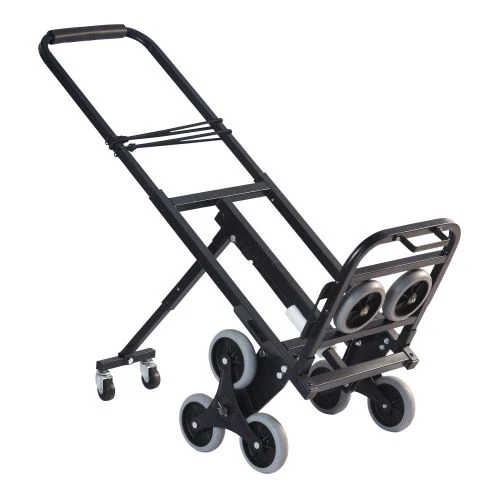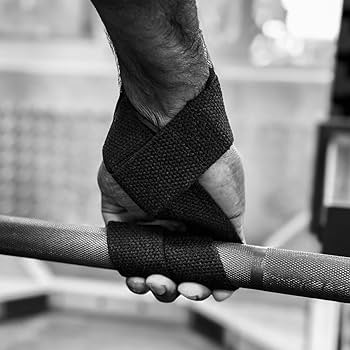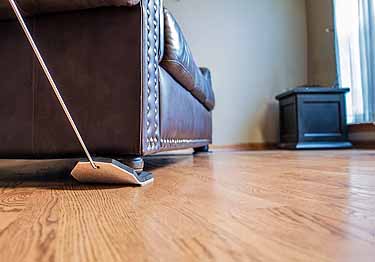Moving heavy furniture can be one of the most daunting tasks associated with relocating. Whether you’re moving to a new home or simply rearranging your space, the risk of injury and damage is high if not handled properly. In this comprehensive guide, we will discuss effective strategies and techniques for moving heavy furniture safely, ensuring both your safety and the integrity of your belongings. We will also provide tips on the best tools and equipment to use and highlight the importance of planning ahead.
Understanding the Risks of Moving Heavy Furniture
Before we dive into the strategies, it’s essential to understand the risks associated with moving heavy furniture. Improper lifting and moving techniques can lead to injuries such as:
- Muscle Strains: Lifting heavy items incorrectly can strain your back, shoulders, and legs.
- Hernias: Exerting too much pressure while lifting can lead to hernias, particularly in the abdominal area.
- Drops and Falls: Losing grip on heavy furniture can result in falls, both for you and for the furniture, leading to injuries and damages.
Importance of Safety First
Safety should always be your priority when moving heavy furniture. The key to preventing injuries is to be aware of your limits, use proper techniques, and, if necessary, seek help from professionals.
Preparing for the Move
1. Assess Your Furniture
Before moving any furniture, assess its weight, size, and shape. Knowing the dimensions and weight will help you determine how many people you need for the move and which tools to use. Take note of:
- Weight: If possible, find the weight specifications of the furniture, particularly for large items like sofas, dressers, and tables.
- Shape: Irregularly shaped items can be trickier to move, so understanding their dimensions is essential.
- Fragility: Some furniture may be more delicate than others and may require additional care during transport.
2. Clear the Path
Before attempting to move furniture, clear a path from the furniture’s current location to its destination. Remove any obstacles that could cause tripping, such as:
- Loose rugs
- Cables or wires
- Small furniture pieces
Ensure the pathway is well-lit and wide enough to accommodate the furniture.
3. Gather Necessary Equipment
Having the right tools can make a significant difference in the ease and safety of moving heavy furniture. Some essential tools include:
- Dollies: A furniture dolly can help move large items without straining your back.
- Lifting Straps: These are designed to redistribute weight, making it easier to lift heavy items with your legs rather than your back.
- Moving Blankets: Protect your furniture from scratches and damage during transport with moving blankets.
- Furniture Sliders: These are useful for moving heavy items across floors without scratching or damaging the surface.
- Tools for Disassembly: If your furniture can be disassembled, having the right tools on hand will make the moving process easier.
4. Enlist Help
Never attempt to move heavy furniture alone. Enlist friends or family members to help, or consider hiring professional movers. Having extra hands not only makes the job easier but also significantly reduces the risk of injury.
Techniques for Moving Heavy Furniture Safely
1. Plan the Move
Before lifting, discuss the plan with your helpers. Coordinate your movements to avoid confusion. Decide on:
- Who will lift which end of the furniture
- How you will navigate doorways and corners
- Where you will place the furniture once moved
2. Use Proper Lifting Techniques
When lifting heavy furniture, follow these steps to minimize the risk of injury:
- Stand Close: Position yourself as close to the furniture as possible. This reduces strain on your back and allows for better control.
- Bend Your Knees: Instead of bending at the waist, squat down and lift with your legs. Your legs are stronger than your back.
- Keep Your Back Straight: Maintain a neutral spine position while lifting. Avoid twisting your torso during the lift.
- Grip Firmly: Use a strong grip and ensure you have a solid hold on the furniture before lifting.
- Lift Smoothly: Stand up slowly and smoothly, engaging your core muscles to help support your back.
3. Use Teamwork
When moving larger items, teamwork is essential. Follow these guidelines for effective teamwork:
- Count to Three: Coordinate your lift by counting to three together. This ensures that everyone lifts at the same time.
- Communicate: Keep the lines of communication open throughout the move. Use clear signals to indicate when to lift, lower, or turn.
- Plan for Obstacles: Discuss how to navigate around obstacles together, especially when going through tight spaces.
4. Use Tools Effectively
Using the right tools can significantly reduce the physical strain of moving heavy furniture:
- Dollies: Position the dolly close to the furniture, tilt the furniture onto the dolly, and then secure it with straps if necessary. Push rather than pull to maintain better control.

- Lifting Straps: Place the lifting straps under the furniture and have one person lift each side. Keep your backs straight and lift with your legs.

- Sliders: For heavier items, slide the furniture onto the sliders. This allows you to push it along the floor without lifting.

5. Disassemble When Possible
If the furniture can be disassembled, do so before moving. This can significantly reduce its weight and make it easier to navigate through tight spaces. Always keep screws and parts organized to ensure you can reassemble the furniture later.
6. Use Safe Moving Techniques for Stairs
If your move involves stairs, follow these tips:
- One Step at a Time: Take your time and communicate with your team when moving items up or down stairs.
- Lift from the Bottom: If carrying a large item up the stairs, the person at the bottom should lift from the base while the person at the top guides and pushes.
- Use a Stair Dolly: If available, a stair dolly can help you navigate stairs more easily.
7. Protect Your Furniture and Floors
Prevent damage to both your furniture and your home by taking the following precautions:
- Use Moving Blankets: Wrap fragile items and edges with moving blankets to prevent scratches.
- Floor Protection: Use cardboard or furniture sliders to protect your floors from scratches or dents.
- Secure Loose Parts: Ensure that drawers and doors are secured before moving furniture to prevent them from opening unexpectedly.
After the Move
1. Check for Damage
Once the furniture is in place, check for any damages to both the furniture and your home. If you notice any scratches, dents, or breaks, document them immediately.
2. Reassemble Furniture
If you disassembled any furniture for the move, reassemble it carefully. Use the organized parts you set aside earlier.
3. Rest and Recover
After a long day of moving, take some time to rest and recover. Stretch your muscles to relieve any tension and hydrate to prevent fatigue.
When to Hire Professional Movers
While this guide provides useful techniques for moving heavy furniture safely, there are times when it’s best to hire professional movers:
- Complex Moves: If your move involves complex logistics or requires special equipment.
- Heavy Items: If you have particularly heavy or valuable items that require specialized care.
- Limited Time: If you have a tight timeline and need to ensure the move is completed efficiently.
Conclusion
Moving heavy furniture doesn’t have to be a painful experience. By following the safety tips and techniques outlined in this guide, you can minimize the risk of injury and ensure your furniture arrives at its new location in one piece. Remember, proper preparation, teamwork, and the right tools are key to a successful move.
If you’re considering moving and want to ensure a hassle-free experience, request a free quote today! Visit this link to get started on your moving journey. Your safety and satisfaction are our top priorities, and we’re here to help make your move as smooth as possible.


